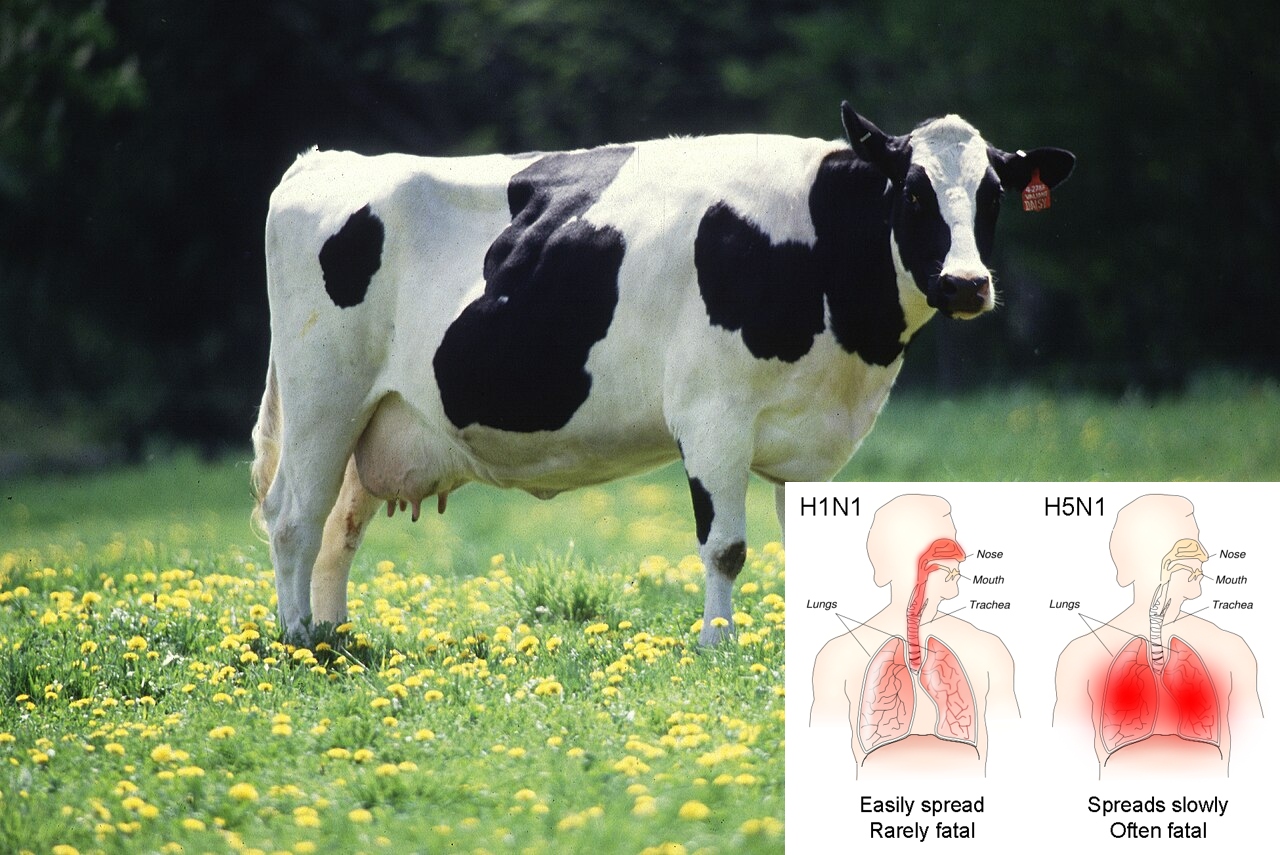The recent outbreak of avian influenza in US dairy cattle continues to escalate, with detection now in eight states, up from six just three weeks ago. Concerns heighten as the virus is found in raw milk and retail milk samples, indicating potential widespread dissemination.
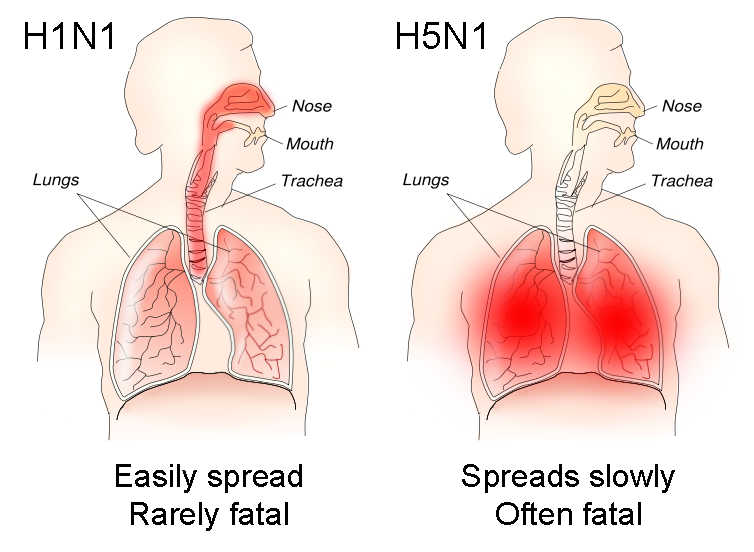
Surveillance and enhanced testing protocols are urged to control the spread effectively. The presence of H5N1 genetic material in commercial milk raises questions about the safety of the milk supply and the efficacy of pasteurization.
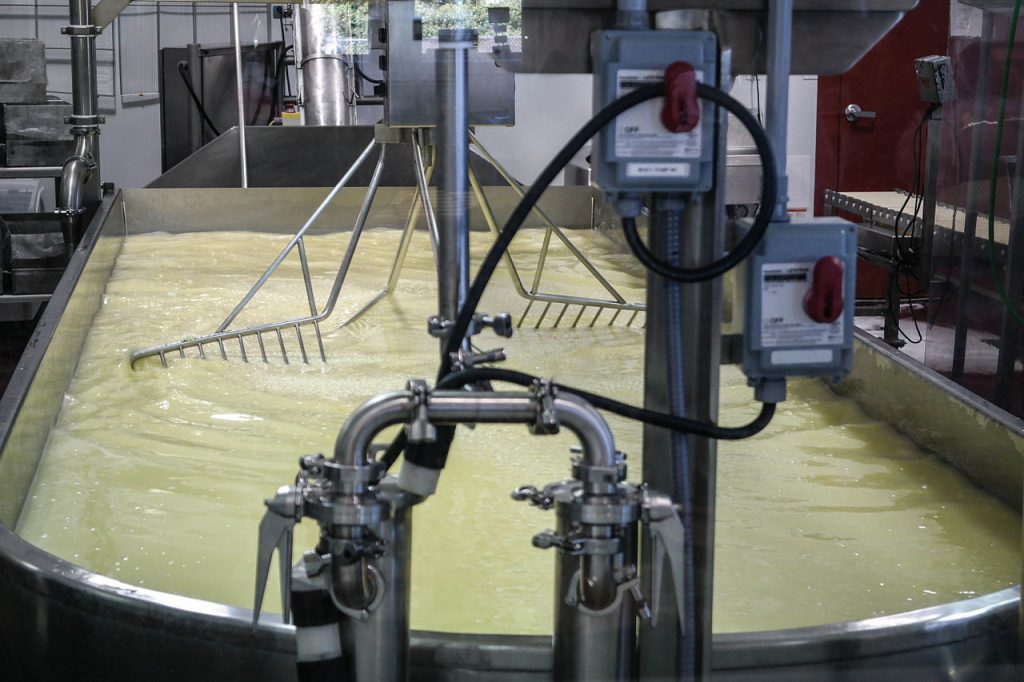
Pasteurization, a standard process to deactivate pathogens, may not completely eliminate H5N1 fragments, posing uncertainties about its effectiveness. The detection of viral RNA in milk samples does not inherently pose a health risk, as pasteurization should render the virus inactive. However, the broader implications of viral presence in commercial milk underscore the need for thorough investigation and preventative measures.
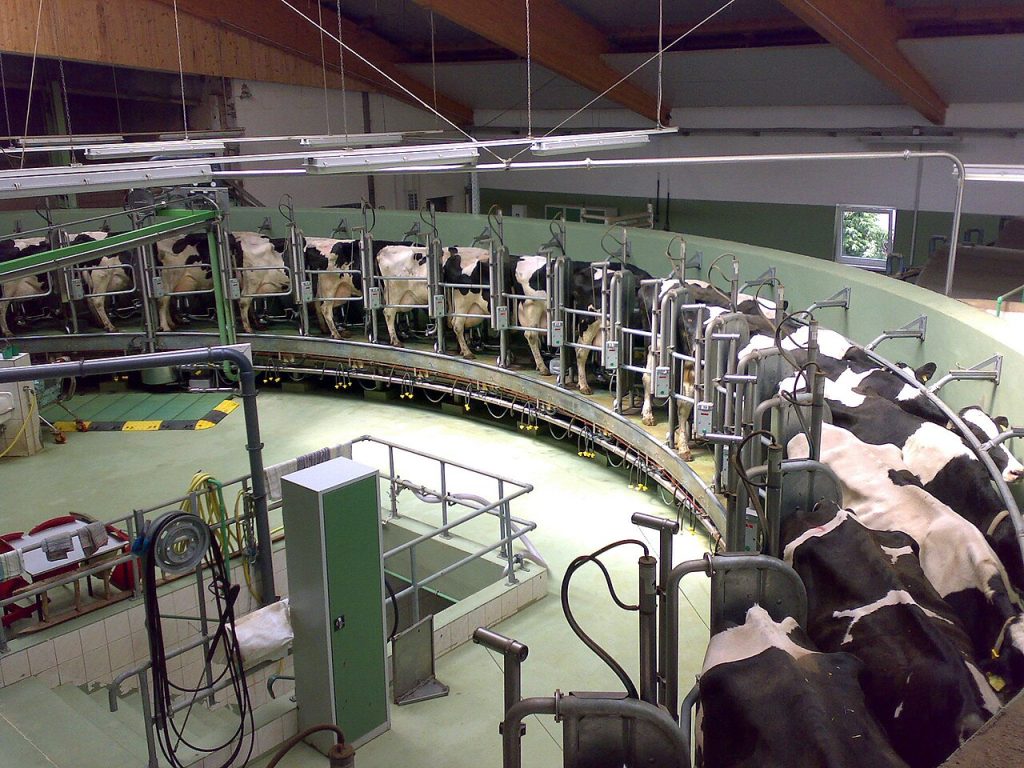
Several hypotheses are proposed to explain the presence of H5N1 in retail milk, including undetected infection in asymptomatic cows and potential lapses in safety protocols. The timing of viral shedding in infected cows and its implications for milk safety remain uncertain, highlighting the complexity of controlling the outbreak.
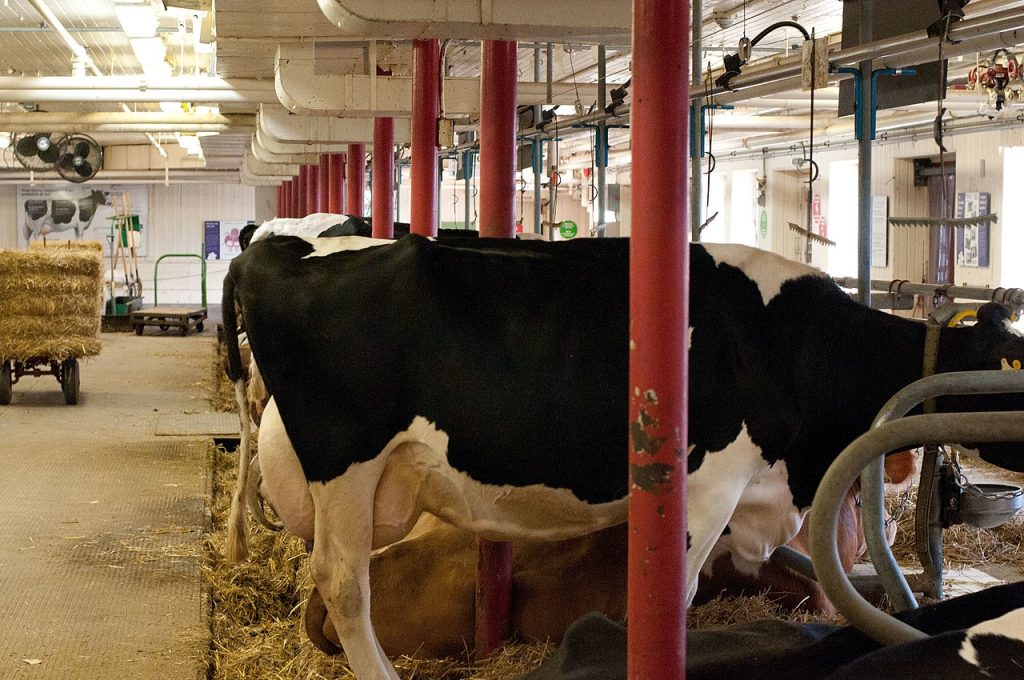
Concerns persist about the threat posed by milk contaminated with H5N1 to human health. While pasteurization is effective against many pathogens, its efficacy against H5N1 in milk requires further investigation. Experimental data are needed to assess the extent of viral inactivation through pasteurization and to inform risk mitigation strategies.
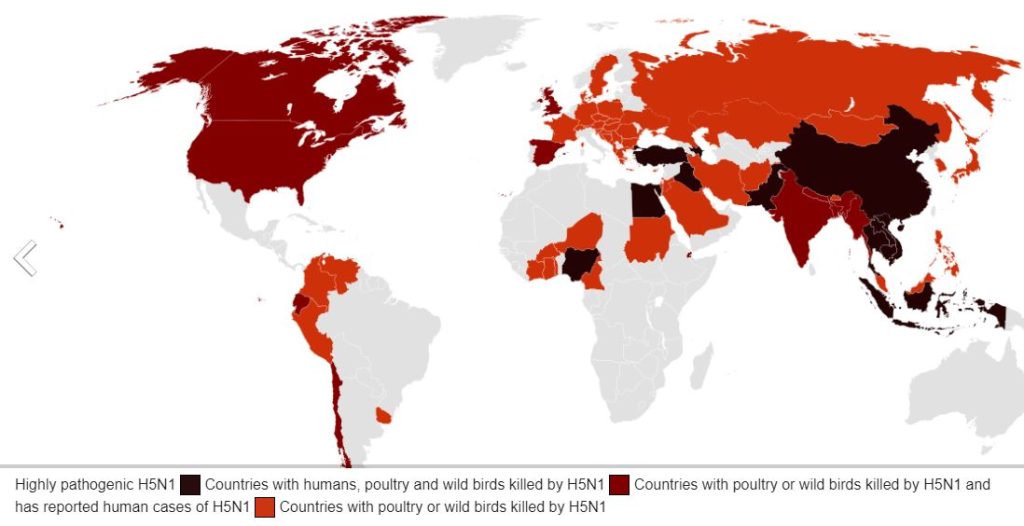
Evidence suggests that milk could be a vector for the spread of avian flu among cows, with nasal swabs, tissue, and milk samples showing high viral concentrations. Enhanced surveillance measures, including testing of bulk milk samples and environmental monitoring, are proposed to identify and contain outbreaks more effectively.
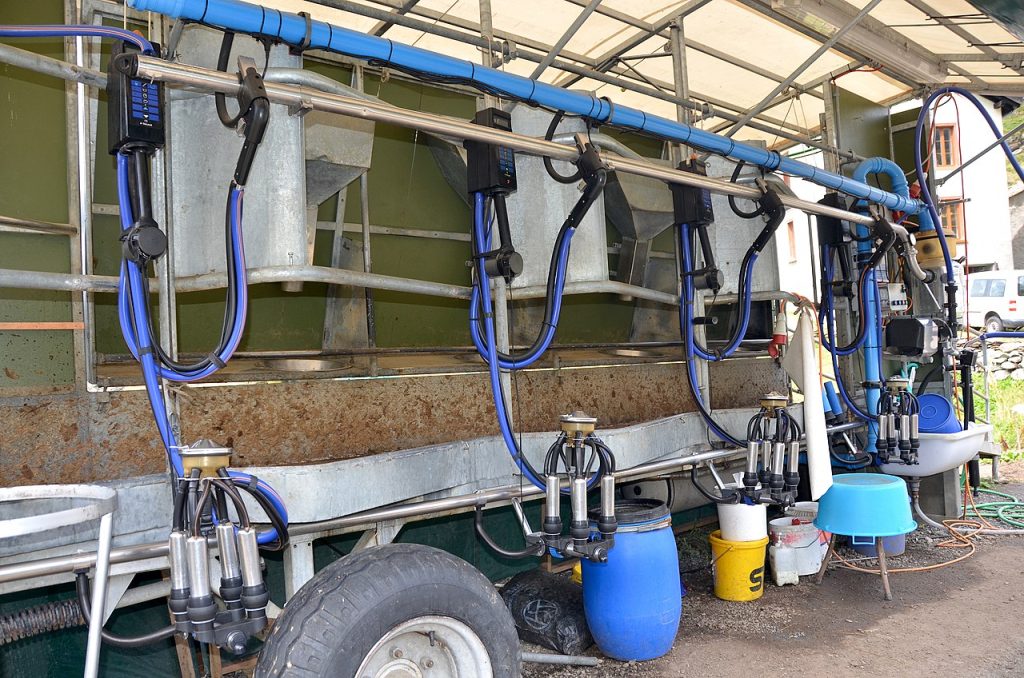
Efforts to halt the spread of avian flu in dairy cattle include stringent testing requirements for interstate movement and quarantine protocols for newly arrived animals. However, challenges persist due to the dynamic nature of the dairy industry, emphasizing the need for comprehensive surveillance and proactive measures to mitigate the outbreak’s impact.
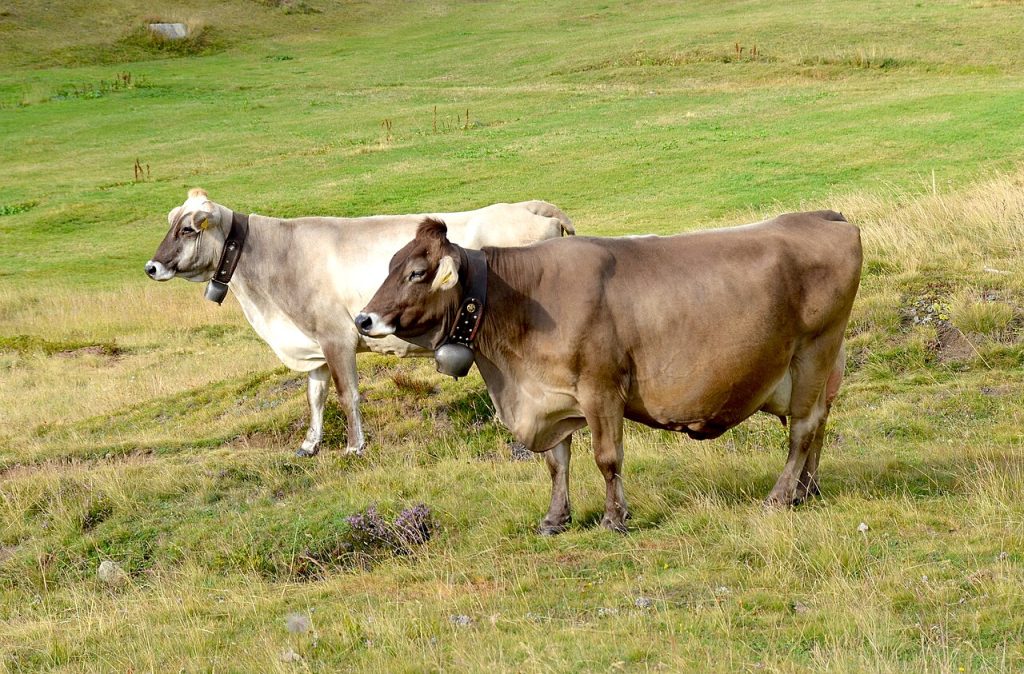
The detection of H5N1 in US dairy cattle raises significant concerns about the safety of the milk supply and the potential for further spread. Enhanced surveillance, rigorous testing, and coordinated efforts between regulatory agencies and industry stakeholders are essential to control the outbreak and safeguard public health.

